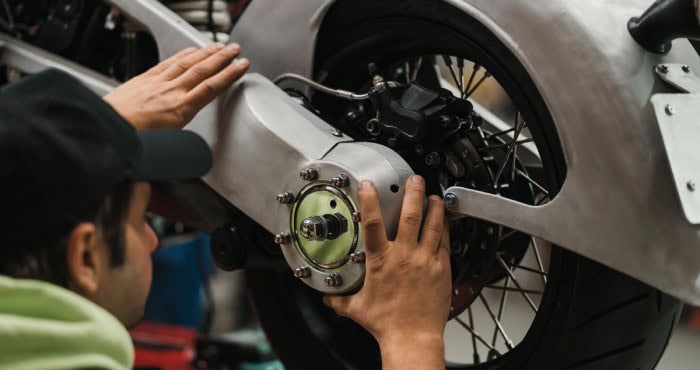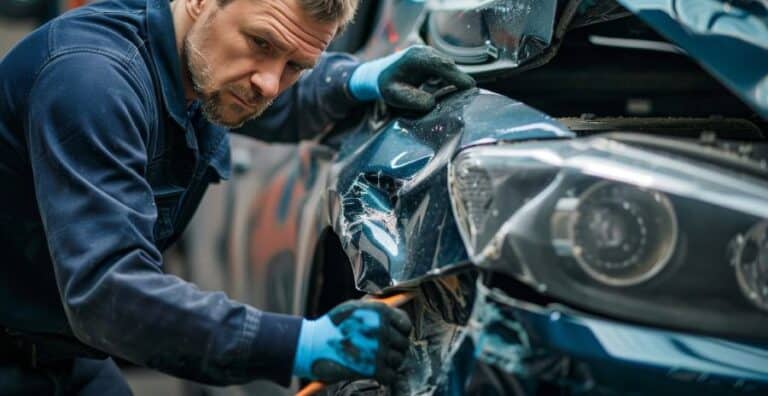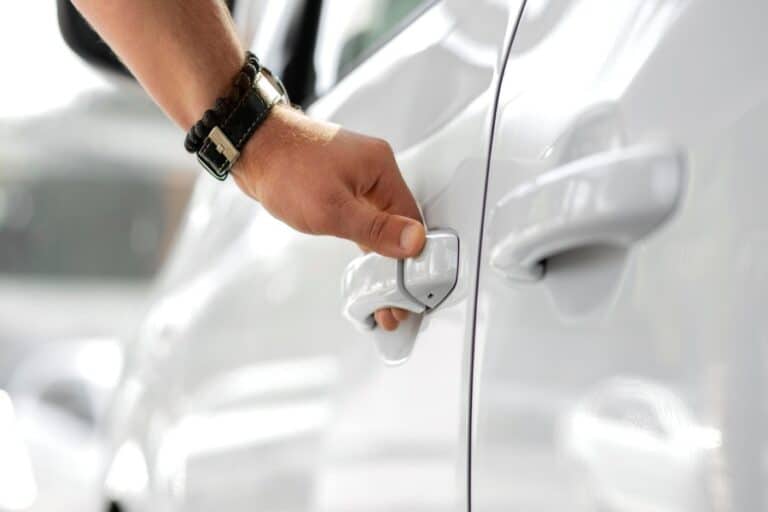Mastering Motorcycle Dent Repair: Techniques For Restoring Your Ride’s Aesthetic
Motorcycles represent much more than a way to get from one place to another; they embody individuality, liberty, and flair. Any damage, such as a dent in the frame or tank, can detract from your bike’s visual charm and overall worth. Whether it’s a small mark from a tip-over or a larger dent caused by an unintended collision, repairing your motorcycle’s polished look goes beyond merely addressing an imperfection; it’s also about maintaining the essence and pride associated with your machine.
Understanding Motorcycle Dents
Dents on motorcycles can occur in areas like the fuel tank, fenders, side panels, and frame, often due to falls, crashes, or environmental factors like hail or impacts. The severity of the damage determines the repair approach, with even small dents affecting the bike’s appearance. Effective repair requires precision, attention to detail, and knowledge of the bike’s materials, such as steel, aluminum, and fiberglass, each requiring a different repair technique.

Step 1: Assess the Damage
Prior to commencing any repairs, it’s important to conduct a comprehensive assessment of the damage. This preliminary action is vital for grasping the severity of the dent and determining the necessary repair procedures. Begin by inspecting the dent carefully and pay attention to these specific aspects:
- Location: Is the indentation located on a level area, a rounded section, or a more complex part of the motorcycle?
- Size: What is the depth of the dent? Is it a minor, superficial mark, or is it a more significant and noticeable flaw?
- Material: What type of material composes the damaged section? Steel, aluminum, fiberglass, and plastic each necessitate distinct tools and methods for repair.
- Paint Condition: Should you notice any chips or cracks in the paint surrounding the dent, it’s important to take care of those as well to prevent rust and other complications.
After evaluating the extent of the damage, you can determine the most effective way to proceed with repairs.
Step 2: Paintless Dent Repair (PDR)
Paintless Dent Repair (PDR) is a highly efficient and popular technique for fixing dents on motorcycles.

How It Works:
PDR utilizes specific instruments to gently manipulate the dent from the rear side of the panel, gradually restoring it to its initial form. This technique is most effective for minor to moderate dents that haven’t resulted in any paint damage, such as cracks or breaks.
Advantages of PDR:
There’s no requirement for a fresh coat of paint; the original surface can be maintained as is.
Quick and fairly affordable when compared to conventional body repair techniques.
Non-destructive, preserving the bike’s structural integrity.
Tools for PDR:
- Dent removal rods: These slender, elongated sticks are utilized to reach the rear side of the dented region and carefully maneuver it back into its original position.
- Glue pullers: These techniques are commonly employed for repairing dents that are difficult to reach from the back. A unique adhesive is applied to the dent, and a pulling device is then affixed to it to extract the dent.
- Tapping tools: These are employed to refine the repair by softly tapping the metal to achieve precise alignment.
When a dent is situated in a hard-to-reach spot, like close to the fuel tank or the vehicle’s frame, paintless dent repair (PDR) might not be possible. In these situations, it’s advisable to explore other methods.

Step 3: Traditional Dent Repair and Repainting
How It Works:
- Heat Application: The initial phase of conventional repair involves warming the affected section to increase the metal’s flexibility. This is usually achieved using a heat gun or blowtorch, enabling the metal to expand and contract as repairs are carried out.
- Hammering: Once the area has been warmed up, a skilled technician will employ a hammer or specific dent-removal tools to carefully strike the dent from the exterior, restoring the metal to its original shape.
- Filling: In certain situations, when a dent has created a noticeable groove or dip, body filler might be used to even out the surface. After applying the filler, it is sanded to align with the bike’s original shape.
- Painting: After fixing the dent, the repaired section is prepared and painted to bring back the motorcycle’s original appearance. It’s essential to match the paint color accurately so that the repair integrates smoothly with the bike’s overall look.
Advantages of Traditional Dent Repair:
- Ideal for addressing larger, deeper indentations or hard-to-reach spots.
- The restoration procedure can fully rejuvenate the bike’s appearance, ensuring that the paint is perfectly matched.
Step 4: DIY Methods for Minor Dents

For minor dents that aren’t too serious, there are several do-it-yourself techniques that can work well. While these approaches tend to be more affordable, they demand a careful touch and some experience to prevent any additional harm. Below are a few suggestions:
- Plunger Method: To remove minor dents from a bike’s tank or fender, you can utilize a plunger. Start by wetting the area around the dent to enhance suction, then carefully pull the plunger away.
- Hair Dryer and Compressed Air: To fix the dent, first direct a hair dryer at the affected spot for approximately 30 seconds to a minute. After that, take a can of compressed air and spray it upside down onto the same area. The quick shift in temperature may result in the dent popping out.
- Dry Ice Method: Using dry ice on a minor dent can help the metal revert to its original shape. The cold temperature of the dry ice creates a thermal contrast that may lead to the expansion of the metal.
Step 5: Preventing Future Dents
After you’ve effectively fixed the dent, it’s crucial to implement measures that will help avoid any further damage. Consistently cleaning and caring for your motorcycle can significantly lower the chances of getting dings and scratches. Here are some helpful suggestions:

- Shield your motorcycle from the elements and possible damage by utilizing a protective cover.
- Be cautious when parking to prevent unintentionally hitting or scratching the bike.
- Place protective shields or barriers on sensitive parts like the gas tank or handlebars.
To excel in motorcycle dent repair, it’s essential to familiarize yourself with the various materials, methods, and tools at your disposal. Whether you opt for the meticulous approach of Paintless Dent Repair, conventional techniques, or tackle repairs on your own, enhancing your bike’s appearance is within reach. By taking good care of your motorcycle and mastering the appropriate repair strategies, you can preserve its visual charm and keep it looking fantastic for many years ahead.







